with battery life, waterproofing, fitness tracking, and completeness being the main goals for this watch that is unique compared to other DIY neopixel watches.
Using neopixels to be able to change the color and brightness of each marker we can solve most of these problems; as well as using an accelerometer to keep water out of the case, as well as a light sensor to adjust brightness.
With 12 markers the watch can tell time with a accuracy of an average of 2.5 minutes.
Using the accelerometer to activate the neopixels with the flick of the wrist or a double tap (similar to action seen in smartwatches) the neopixels are turned on with a sweeping animation. Additionally a constant neopixel at a light level of 1 will turn on at the 12 o'clock possession to be able to see the relative location of the others in the dark.
Most other neopixel watches have very low battery life, This one addresses that problem by full disconnecting the neopixels from power to avoid powering the microcontrollers within each neopixel that can consume 2.5mAh each even when the neopixels are off.
 Marcello Graves
Marcello Graves
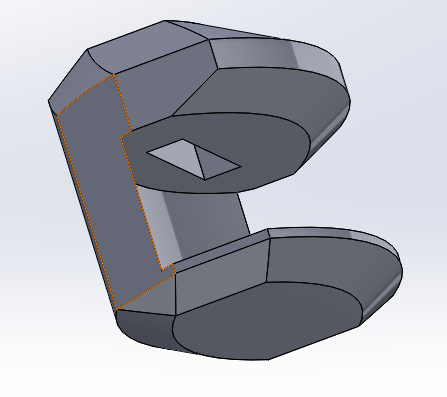
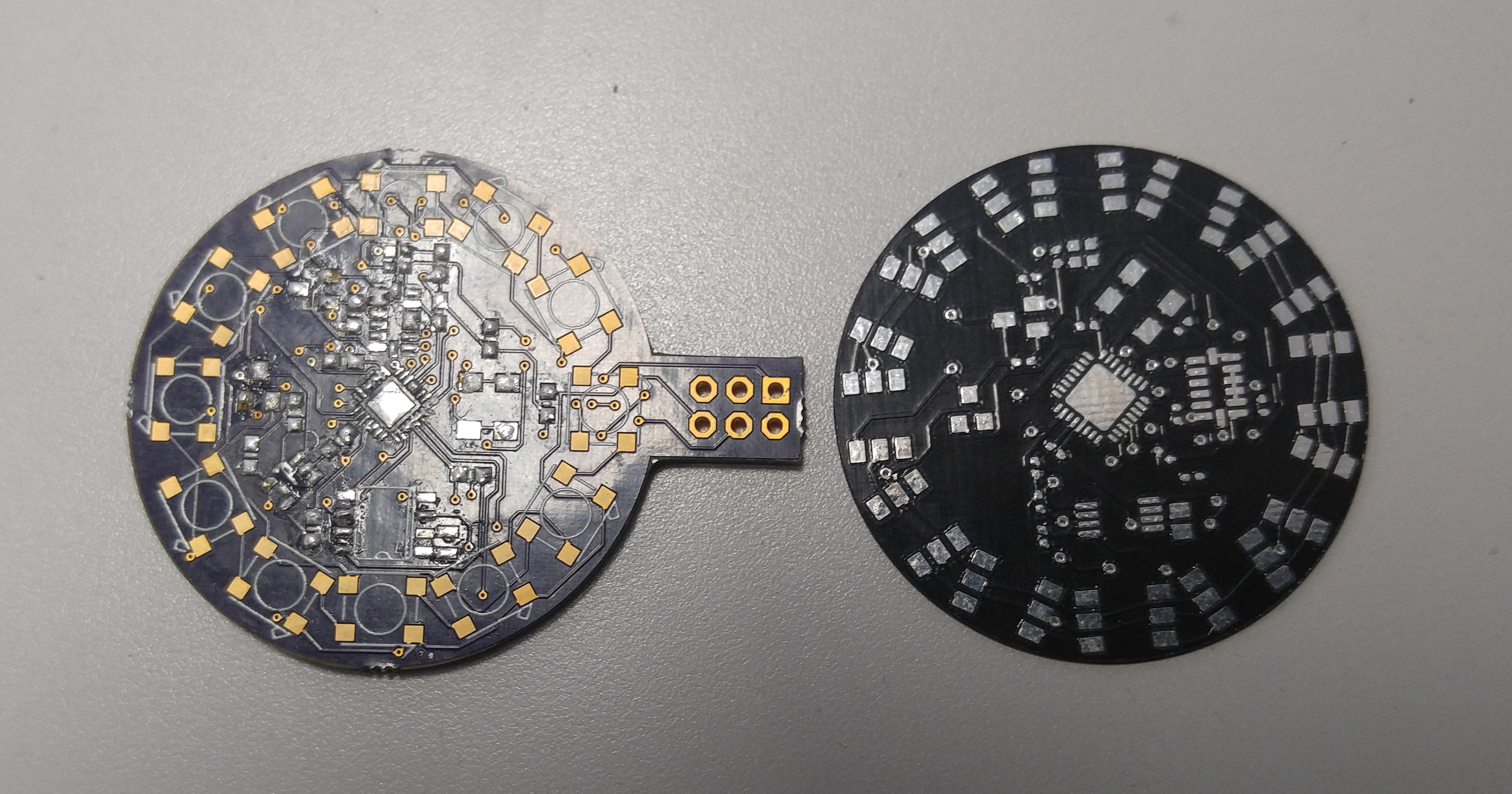

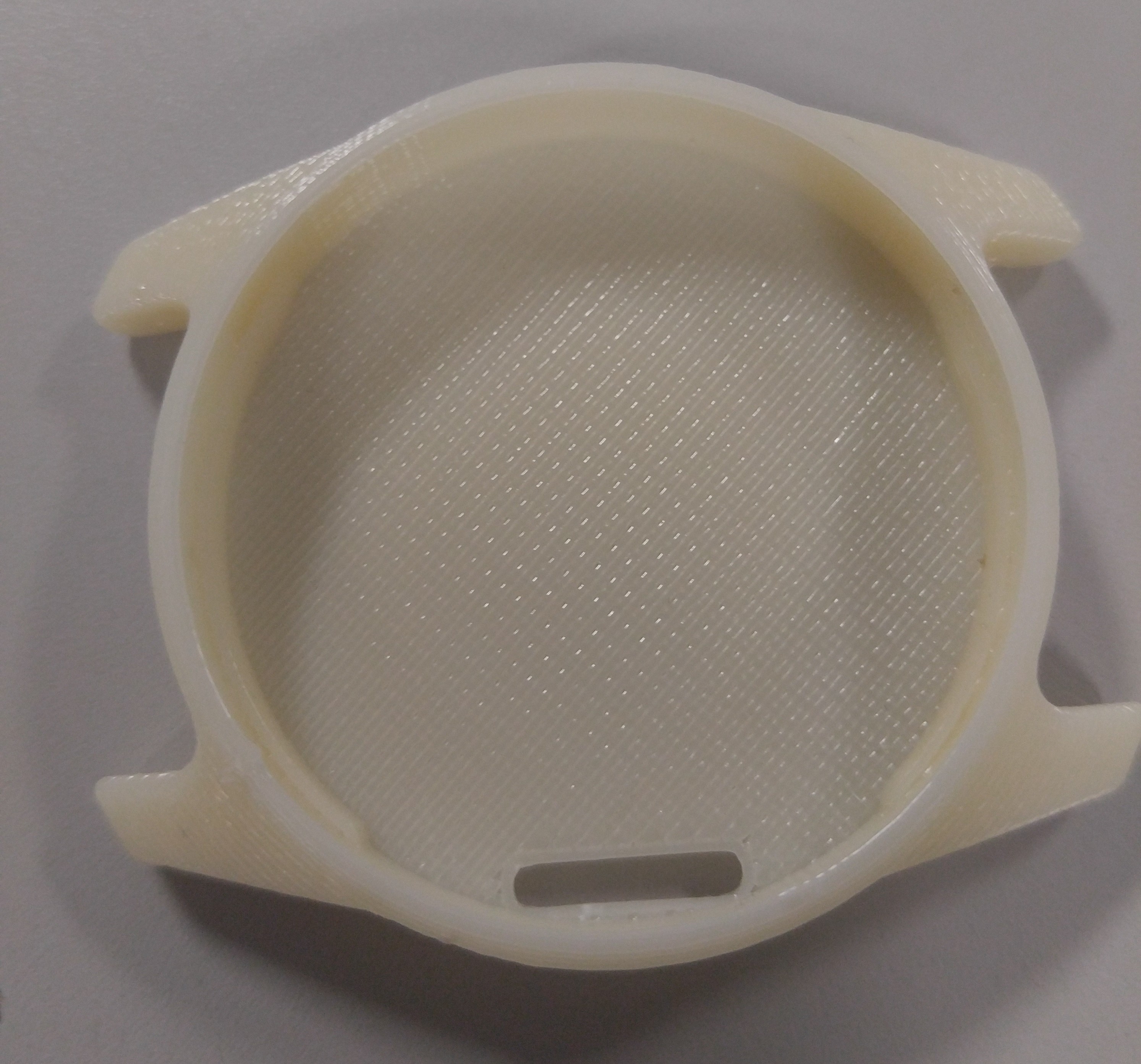
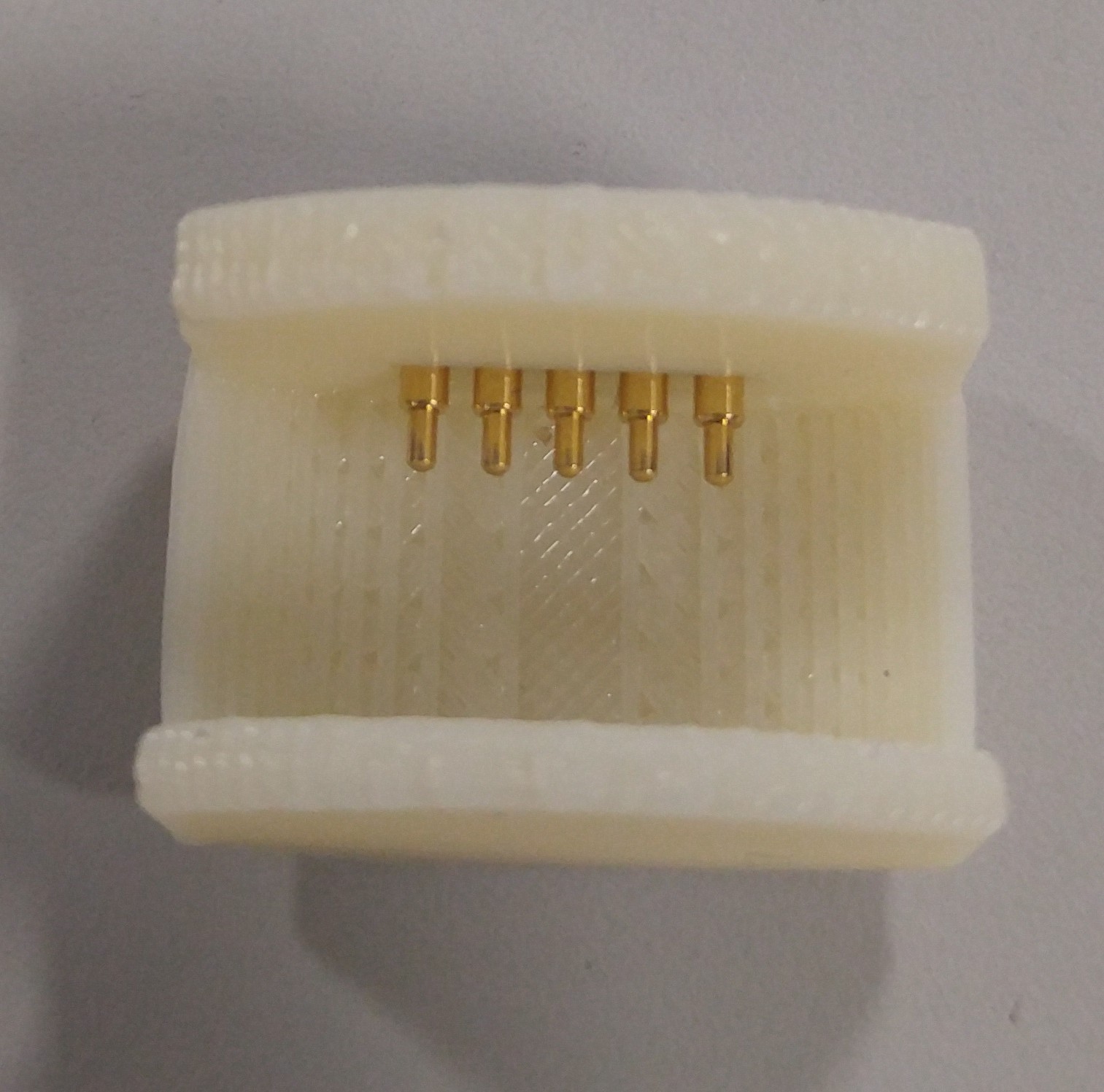 Here is a picture of the charging interface on the case:
Here is a picture of the charging interface on the case: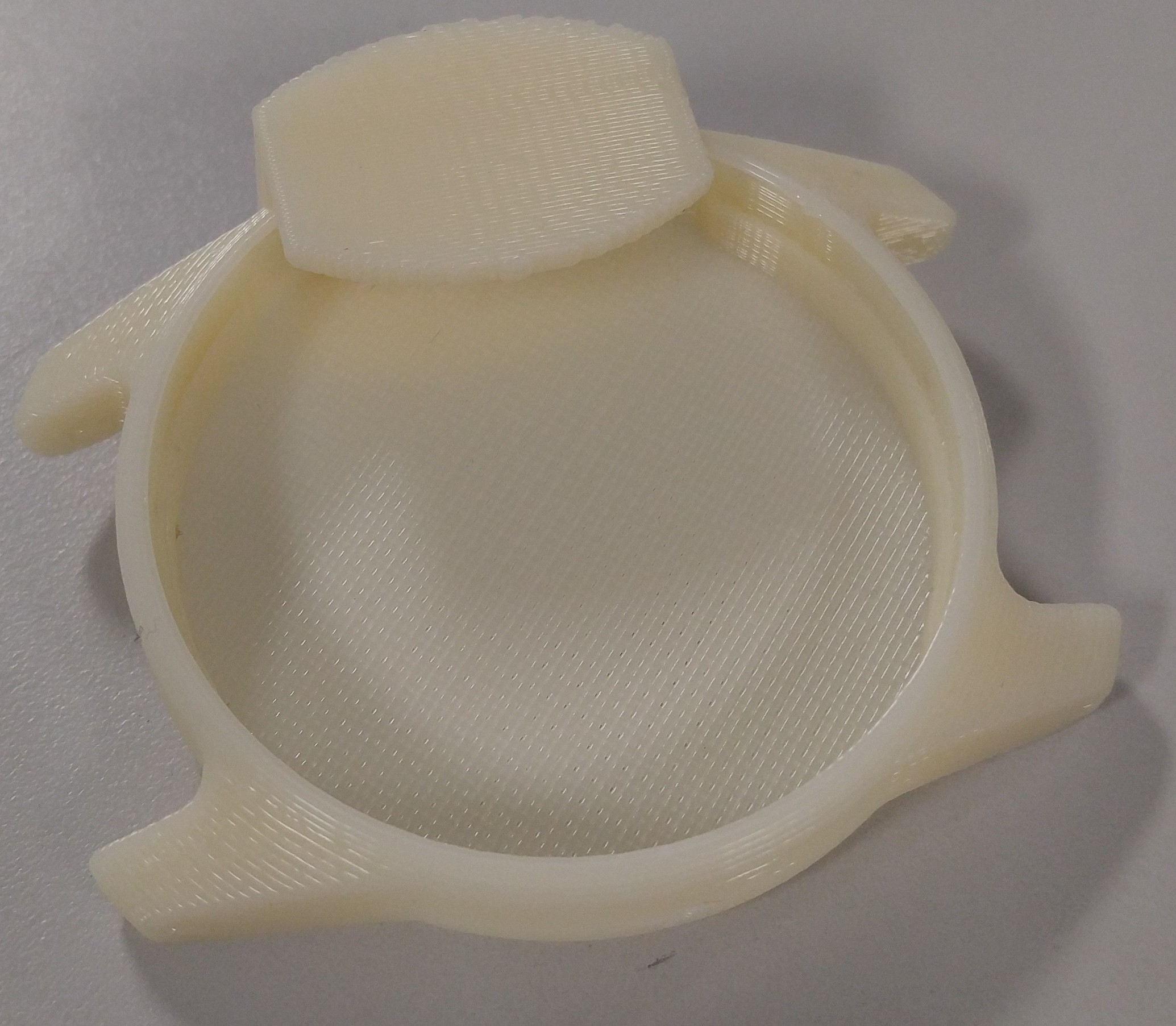 You may be able to see a problem with the charging interface however. The pogo pins have a high chance of being being when placed on the watch case with this current design. The next design will include a snap-on mechanism to preserve the pogo pins.
You may be able to see a problem with the charging interface however. The pogo pins have a high chance of being being when placed on the watch case with this current design. The next design will include a snap-on mechanism to preserve the pogo pins.




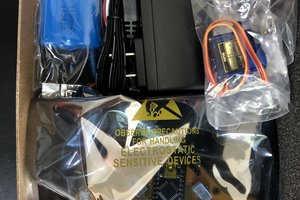
 Rodolfo
Rodolfo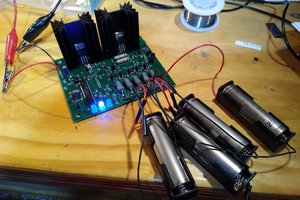
 schuyler4
schuyler4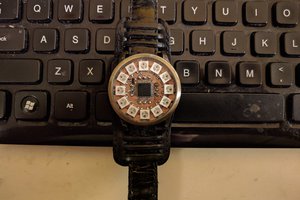
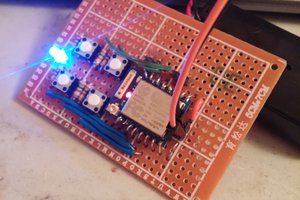
 K Gilbert
K Gilbert
I considered about using the internal oscilator but i didn't want to have to change the bootoader on the atmega, and for the RTC I wanted it to be able to keep the time even after the main battery has died out because The time setting is probably going to be a pain. ill have to upload some pictures soon of the case as I just finished the main milling part of it out of aluminum.